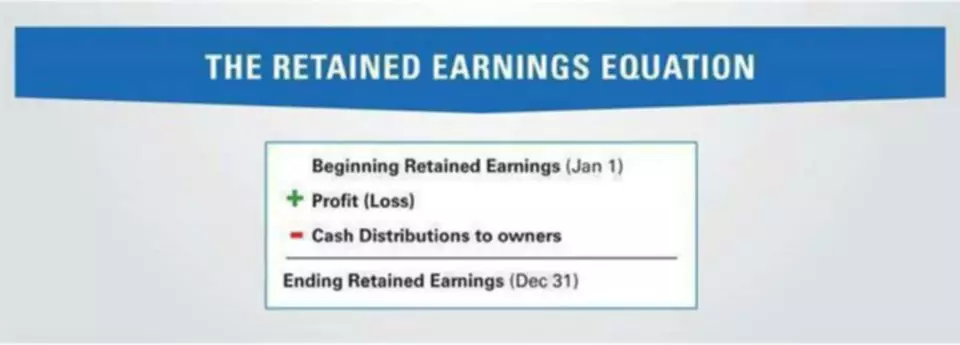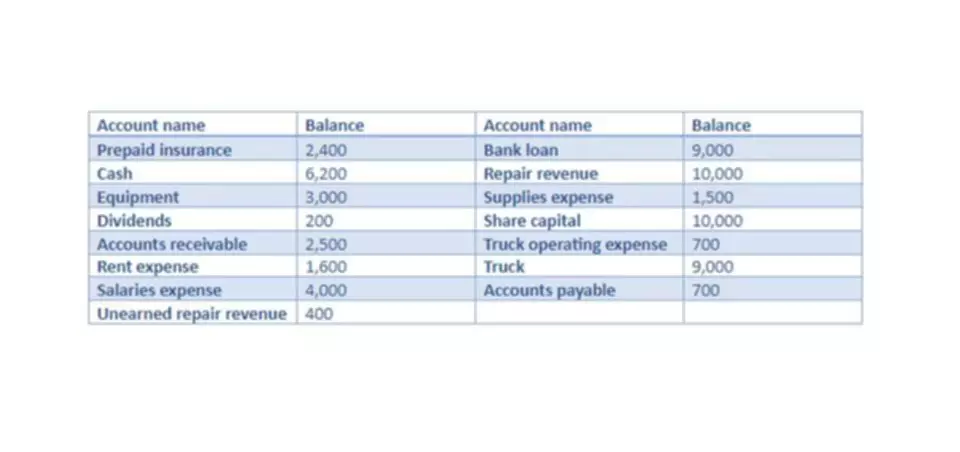How to Calculate the Ending Work-in-Process Inventory Chron com
Content

Work in progress inventory calculates the total cost of unfinished goods currently in production. The cost of goods manufactured is the total cost incurred to produce the final product. Managing an inventory is an essential part of any supply chain management. It can be challenging to keep up with the demands of a growing business.
Vendor managed inventory agreements are often helpful in determining the right purchase orders to protect against supply chain surprises. You’re in the business of custom, hand-made goods, and you acquire raw materials to assemble your products yourself. Work in process inventory is an important line item on a merchant’s balance sheet and a key indicator of the health of their supply chain.
What Is Work-In-Process Inventory?
Work in process inventory is a term for unfinished products waiting to be completed. Optimising these products’ flow is crucial because it can increase efficiency and lower costs. When it comes to your manufacturing platform, this information should be included in the bill of materials. If you’re analyzing your business’s accounting, your WIP units are referred to as “assets.” When these units are complete, they’re referred to as the finished goods inventory. Accurately knowing what your WIP inventory is can impact the company’s balance sheet. WIP inventory changes depending on how customizable the products are, what costs go into the product, and how to calculate it correctly for accounting purposes.
For more complex operations—like big constructions projects—it can include wages, subcontractor costs, and more. Again, that’s why most manufacturers minimize WIP before they tally it up at the end of the accounting period. Work in process inventory refers to materials that are waiting to be assembled and sold. WIP inventory includes the cost of raw materials, labor, and overhead costs needed to manufacture a finished product. Similarly to inventory and raw materials, the WIP inventory is accounted for as an asset in the balance sheet.
– How Do You Calculate Work In Process Inventory?
Raw materials inventory is the raw stock manufacturers order to produce their products. Because of the varying time https://www.bookstime.com/ horizons and the possibility of differing costs, using a different system will result in a different value.
What is MRO inventory?
MRO inventory comprises the consumable materials, equipment and supplies needed for maintenance, repair and operations activities. MRO includes items that are used in a production process but — unlike raw materials — are not incorporated into a company's finished products.
After the product is sold, WIP cost is one among several costs that are rolled up to determine the final cost of goods sold in the balance sheet. The value should only include raw materials, overhead, and direct labor spent so far. Projected costs for finishing the goods are not included as they will be listed under the “Expense” line of the next cash flow work in process inventory statement. Once the Work in Process is calculated, valued, and listed in the Operating Activities line of the cash flow statement as a Current Asset, the WIP is now considered an asset within the company. In general, Work-In-Process inventory refers to partially completed goods that move from raw materials to a finished product within a short time frame.
Work in Progress Inventory vs. Finished Good
Working closely with a supplier and partners in a company’s retail supply chain can help optimize this supply chain. All companies are intensely focused on their cash flow statement and overall financial health.

Some techniques value WIP only on the basis of material costs incurred as conversion cost is considered as period cost. Therefore, valuation of WIP depends on the costing technique used as well. Work-In-Progress is an accounting entry on a company’s balance sheet referring to the money spent on materials, processes, and labor to manufacture a product. Its raw materials consist of an assortment of electronic circuits, cathode ray tubes, displays, and packaging materials.
What is work-in-process inventory (WIP)?
WIP inventory is not applicable to merchants who purchase finished goods from a supplier for resale. However, if your procurement process looks anything like the following three scenarios, you should be tracking and calculating your WIP inventory. COGM is defined as the total costs incurred while creating a finished product, and in order to estimate the value of a company’s end-of-period WIP, the finished COGM is a necessary input.
